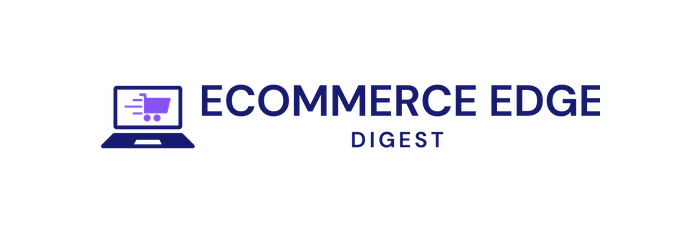
Before the dashboards and growth curves, there is a face. Product‑market fit often arrives not as a milestone but as a portrait: a clear, repeatable image of the person for whom the product is unmistakably useful. The ideal customer is not a fantasy buyer with polished demographics. It is indeed a composite drawn from behavior, context, and the moments when a real problem finally outweighs inertia. This portrait is built from evidence. Patterns of retention and engagement sketch the outline. Time-to-value, willingness to pay, and referral behavior add depth and shade. Support tickets, sales objections, and implementation hurdles reveal the negative space-where the product’s promise doesn’t yet meet the customer’s constraints. Taken together, these signals describe a fit that is less about aspiration and more about measurable alignment. An ideal customer profile is not static. Early adopters may light the first version; mainstream users adjust the angle of the lamp. Markets shift, procurement processes evolve, and new alternatives reframe expectations.
A useful portrait acknowledges motion. It is specific enough to guide decisions and flexible enough to be revised without erasing the original intent. This article explores how to render that portrait with clarity. It looks at how to gather the right source material, distinguish strong signals from noise, and translate insight into product choices, messaging, and go‑to‑market focus. It also considers common distortions-overfitting to early enthusiasts, chasing vanity metrics, or ignoring buying context-and how to correct them. The goal is simple: to replace guesswork with a shared, testable image of whom the product serves best. When the portrait is accurate, strategy tightens, waste recedes, and the next brushstroke becomes obvious.
Mapping Decision Journeys and Moments of Truth
To illuminate the path from curiosity to commitment, chart the sequence of choices your ideal customer makes, from the first whisper of a need to the moment they champion your product. Anchor each step to context, emotion, and progress: the job they’re trying to get done, the friction they fear, and the relief they crave. Translate these inflection points into observable signals-what they click, ask, skip, or abandon-so you can design crisp interventions that reduce time-to-value and raise confidence without adding noise.
- Trigger Spark: A search, a mention, a constraint that makes the status quo feel smaller.
- First Touch: The trial or demo that either clarifies the promise or clouds it.
- Proof Moment: The first prosperous task that shifts belief from “maybe” to “works.”
- Risk Check: Pricing, permissions, or migration fears that can stall momentum.
- Credibility Echo: Reviews, referrals, or benchmarks that validate the choice.
| Stage | Moment | Signal | Winning Move |
|---|---|---|---|
| Explore | ZMOT | Repeated Feature Query | Lead With a 5-word Promise |
| Evaluate | FMOT | Setup Under 2 Minutes | One-click Guided Demo |
| Use | SMOT | First Task Completed | Celebrate + Next Best Tip |
| Expand | Value Proof | Repeat Usage by Team | Contextual Upsell Nudge |
| Advocate | UMOT | Public Share/Referral | Thank, Feature, Reward |
Instrument these moments with lightweight telemetry (time-to-first-value, task completion, drop-off screens), and pair the numbers with human texture from win/loss calls, support threads, and search terms. Then close the loop: remove a blocker for the next cohort, sharpen language where confusion spikes, and stage proof where doubt appears. When every interaction has a clear success state and a planned response, the journey becomes legible-and product-market fit emerges as a pattern of reliable, repeatable choices.
Final Thoughts…
The ”ideal customer” is less a fixed likeness than a living portrait-sketched from patterns, shaded by context, and updated as the light changes. What feels precise today should remain provisional; markets move, needs evolve, and the negative space around your best-fit users can be as instructive as their defining features. Product-market fit is not a coronation but a cadence. Evidence accumulates-pull replaces push, retention stabilizes, value surfaces in repeatable ways-and then drifts if neglected. The same instruments that reveal resonance also detect its decay: cohort curves, win-loss notes, support threads, unit economics that hold outside the honeymoon period.
Revisiting the portrait is part of the work. Keep the edges in view, where adjacent segments hint at expansion or distraction. Distinguish outliers from early signals. Let language from customers replace assumptions where it can, and let silence or churn redraw lines where it must. If the portrait does anything, it clarifies choices: who you will serve, which outcomes you will optimize, which compromises you will accept. The questions are simple, and worth returning to: Who is this for? What job are they hiring us to do? What must be true for them to choose us again? Return to the canvas. The market will supply the light.





